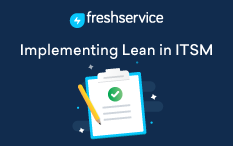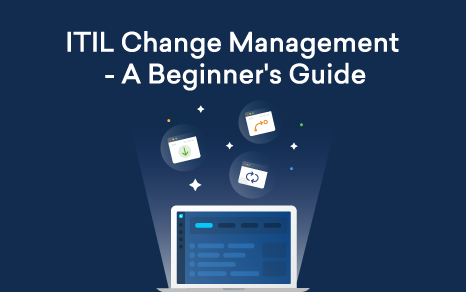The ITIL Framework
What it is and what it entails
A walkthrough of the ITIL service lifecycle, its stages, and processes


ITIL is a globally recognized framework for ITSM (IT Service Management). It was originally developed in the UK in the 80s, and after multiple iterations has evolved into one of the most widely accepted set of guidelines for ITSM.
AXELOS – the organization that owns ITIL – describes it as:
Service Strategy is the planning and getting ready for that the service provider needs to do to deliver services that meet business needs.

It’s the design of everything required to deliver a service, from the service through to management.

This stage covers introducing, changing, and retiring services. The constituent processes include

Service Operation is where the service desk, and its activities, sits. Constituent processes include:

CSI is all about improvement. Although it’s technically one of the phases of the service lifecycle, it is more of a mindset that integrates throughout the lifecycle. In order to achieve the maximum benefit that CSI can potentially offer, you’ll need to cultivate a culture of continuous improvement in your IT organization. This is done by measuring and constantly monitoring the KPIs (Key Performance Indicators) and identifying opportunities for improvement. These improvements might be triggered by a change in the business strategy or operational inefficiencies that might be draining resources. CSI aims to improve the overall effectiveness and efficiency of IT services and processes.

Improve the efficiency of your IT team by implementing Lean in ITSM

ITSM for higher education

The No-nonsense Guide to ITSM

ITIL Change Management - A Beginner's Guide

Gamifying Your Service Desk - Barclay Rae

Expectations are Good

Enterprise Service Management is Now a Business Reality - Stephen Mann

Self Service for ITSM 101

Moving from reactive ITSM to proactive ITSM

ITIL & DevOps – Compete or Complement?

What Problem Does ITIL Actually Solve For Companies?

The Paradigm Shift In ITSM